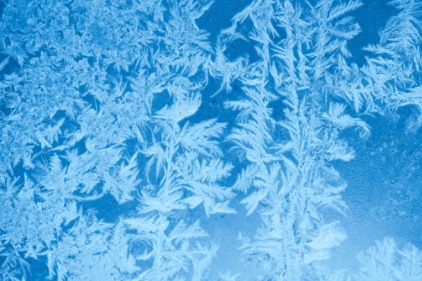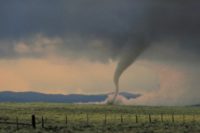 While the record snowfalls and sub-zero temperatures affecting a large swath of the U.S. are keeping many people indoors, some who work outdoors or whose jobs involve driving do not have that option.
While the record snowfalls and sub-zero temperatures affecting a large swath of the U.S. are keeping many people indoors, some who work outdoors or whose jobs involve driving do not have that option.
At least nine deaths are being blamed on the storm, many of them in traffic accidents.
A worker operating a backhoe at a salt storage facility near Philadelphia, Pennsylvania was killed when a 100-foot-tall pile of road salt fell on him, crushing him.
According to the National Weather Service, about 70 percent of injuries during winter storms result from vehicle accidents, and about 25 percent of injuries result from being caught out in the storm.
OSHA has a Winter Storms web page that provides information on how to keep employees safe during extreme winter weather conditions and includes the reminder: “Employers are required to protect workers from the anticipated hazards associated with the winter storm response and recovery operations that workers are likely to conduct."
The web page includes the following sections:
- Plan, Equip, Train, Exercise
- Know the Warning Signs
- Stay Informed
Knowing the terms
While many states are already in the grip of a winter storm, it’s still important to monitor weather sources to stay updated about current conditions. It’s also useful to be familiar with the terms used to describe the likelihood, immediacy, and conditions of a potential storm.
Winter storm watch: Be alert, a storm is likely.
Winter weather advisory: Winter weather conditions are expected to cause significant inconveniences and may be hazardous, especially to motorists.
Frost/freeze warning: Below freezing temperatures are expected and may cause damage to plants, crops, or fruit trees.
Winter storm warning: Take action, the storm is in or entering the area.
Blizzard warning: Snow and strong winds combined will produce blinding snow, near zero visibility, deep drifts, and life-threatening wind chill--seek refuge immediately.
Wind chill: Wind chill is an estimation of how cold it feels outside when the effects of temperature and wind speed are combined.
Continuous information
The National Oceanic and Atmospheric Administration (NOAA) provides multiple ways to stay informed about winter storms.
NOAA Weather Radio is a network of radio stations that continuously broadcast weather information from the nearest National Weather Service office. The NOAAWatch website also provides information on the weather outlook.
Vehicle preparation
The OSHA Winter Storms web page also includes tips for making sure your vehicle is ready for winter storms, such as:
Keep your gas tank at least half full
Ensure a proper mixture of 50/50 antifreeze and water in the cooling system at the proper level.
Check the ignition system and make sure that the battery is fully charged and that the connections are clean.
Check for proper tire tread depth and no signs of damage or uneven wear. Check for proper tire inflation.
Inspect all exterior lights, defrosters (windshield and rear window), and wipers. Install winter windshield wipers.
Keep in emergency kit in the vehicle
OSHA recommends that you always have the following items:
- Blankets/sleeping bags
- Cellular telephone or two-way radio
- Windshield scraper
- Snow brush
- Flashlight with fresh/extra batteries
- Extra winter clothes
- Shovel
- Tow chain
- Matches
- Traction aids (bag of sand or cat litter)
- Emergency flares
- Jumper cables
- Snacks
- Water
- Road maps
For more information, see the National Safety Council's Winter, Your Car and You [45 KB PDF, 2 pages]. (2009, April).



